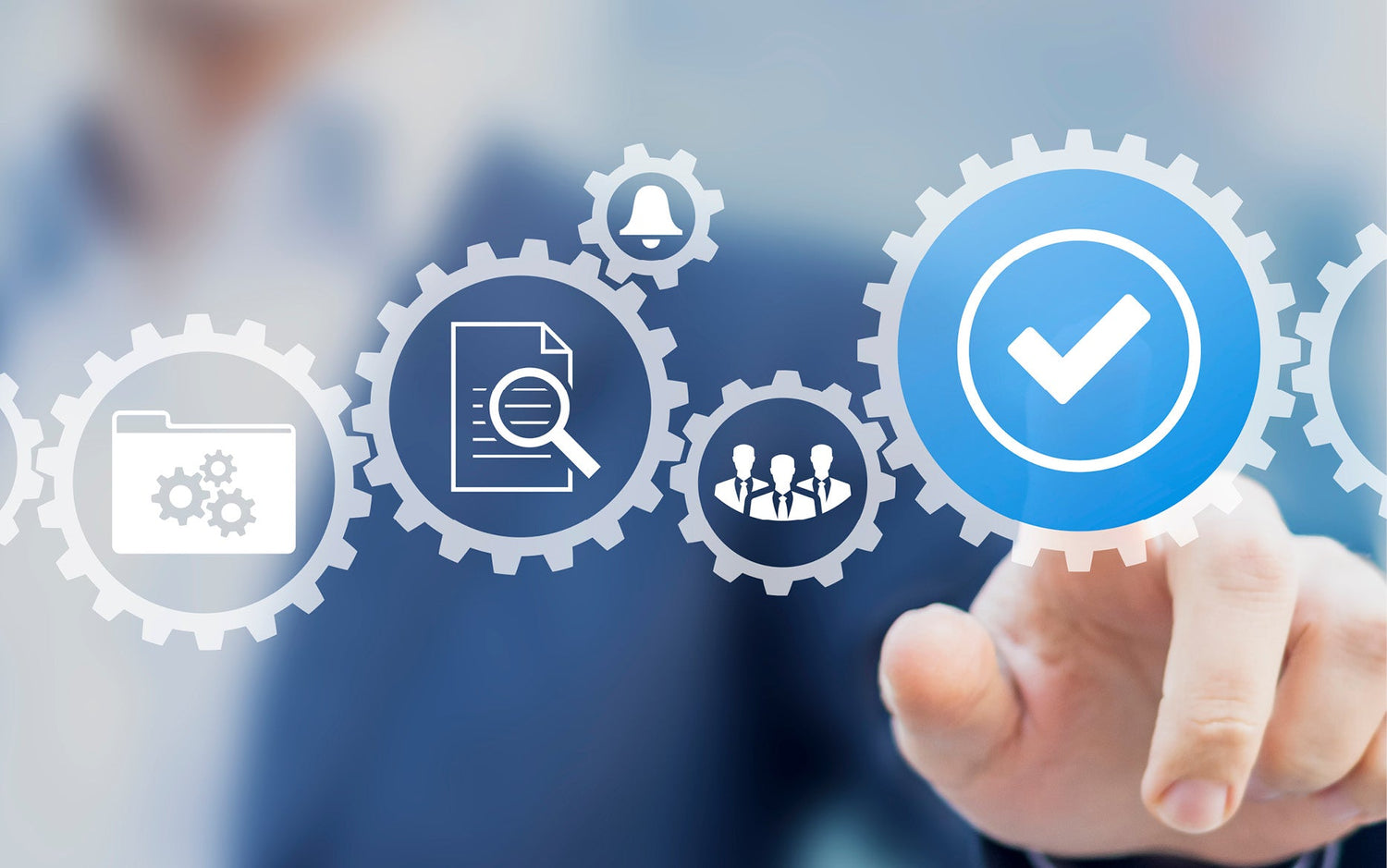The automation of diverse processes has proven to be an effective method in many areas of work. In recent years, automation has played an ever greater role in everyday work—not least in the cleaning sector.
Automated processes relieve qualified personnel in many aspects of their daily work. Companies profit from this development as well: they save valuable Time and money. Administration and planning can be simplified thanks to innovative technologies.
Among other factors, the increasing complexity of buildings and the more difficult reachability of areas that need cleaning call for the automation of certain work tasks. Commercial cleaning companies that make use of automation generally gain a decisive advantage over their competitors. Here, we explain why automation makes sense in commercial cleaning in particular, and what innovations you should definitely know about.
Autonomous cleaning machines:
developments in the cleaning sector
In virtually all areas, automation in the workplace involves an increased use of robots. Working alongside people, robots can perform tasks and thereby support skilled employees in their activities. Various technologies are being developed to continually improve the flexibility and profitability of cleaning robots. In the automated cleaning of offices, innovative robots are now being tested that not only clean floors at night, but can also assume other tasks, for example emptying wastebaskets. In addition to this, systems are being tested which record any soiling that the robot can’t successfully remove. As a result, cleaning staff must only take care of the most necessary tasks the next morning and can otherwise focus on more demanding duties.
The first fully automated cleaning system has been in operation since 1997. For years now, a team of robots has handled the cleaning of the vaulted glass halls on the roof of the Leipziger Messe. And the first robot for cleaning the facades of high-rise buildings has now also been developed—one that unites the required components in a single system: robot technology, cleaning technology, fall protection, and media connections. This cleaning robot functions without the aid of an apparatus on the outside of the facade, and can work even in high winds.
In most cases, automation in the cleaning sector goes hand in hand with the digitization digitization of numerous processes. Objects or whole spaces, for example, can thus be equipped with sensors and networked with one another. This allows the cleaning to be carried out on the basis of need, which in turn makes for higher efficiency. App and cloud services are other digital solutions that simplify the control and monitoring of cleaning robots. In this way, data can be stored, analyzed, and intelligently linked.
It is key that humans not be replaced through the process of automation, but rather supported in a sensible manner—leaving them more time for challenging tasks.

Why does the automation of the cleaning sector make sense?
Many monotonous, recurring cleaning tasks are still carried out manually today. When autonomous cleaning robots are put to use, however, the error rate in simple processes can be reduced and various work steps made easier. They clean diverse types of buildings regularly and in consistently high quality—and without human contact. Automation therefore means an increase in productivity and efficiency in nearly all cases. It greatly accelerates processes and work steps. In addition, it allows free and spontaneous decision-making as to when, where, and how the cleaning should be carried out, and removes the dependence on factors such as working hours.
Automated cleaning with cobots
Autonomous cleaning robots are no longer a future vision. They are already active in private households and offer tremendous support for professional commercial cleaning as well. The technology of automated floor cleaning has even progressed so far that, in many cases, it must no longer be accompanied by human workers. Cutting-edge sensor technology and mapping based on artificial intelligence (AI) have now made possible the automated, precise, and thorough cleaning of facilities.
Cobots (collaborative robots) are even able to appropriately react to obstacles, either navigating around them or coming to a quick stop. They enable collaboration between humans and machines in the cleaning sector. They relieve employees by assuming monotonous and recurring tasks, for example floor cleaning. This allows skilled personnel to focus on challenging tasks and reduces the time pressure they must work under.

Whereas many machines that are employed in commercial cleaning still must be operated by people,cobots don’t require human assistance. Thanks to their high-performance rechargeable batteries, they can work inconspicuously and quietly and without interruption during the day and at night. Their size and flexibility also enable cobots to reach places that are inaccessible to common cleaning machines.
When especially large areas or multiple levels in a building require cleaning, multiple cobots can be used simultaneously as a fleet. They network intuitively, communicate with one another, and divide up the area to be cleaned among themselves—behavior that might almost be said to resemble collective intelligence.
With the help of cloud systems, device errors and the condition of the cobots can be recognized early, and a device’s location can be identified via GPS.
Conclusion: greater efficiency thanks to automation
The inexorable process of automation in the cleaning sector continues apace. For this reason, cleaning companies should embrace the application of innovative technologies early —only in this way will they be able to keep up with the competition and even secure advantages for themselves. Automated processes increase the productivity and efficiency of skilled staff and contribute added value that is indispensable for the service sector. This translates into a financial advantage, as human personnel can then be put to work in a more targeted manner where they are truly needed.
Saving resources plays an important role as well. Automated processes can lead to more sustainability in the cleaning sector. And not least, customers also profit from a high-quality, reliable cleaning service that can flexibly respond to their specific wishes.

